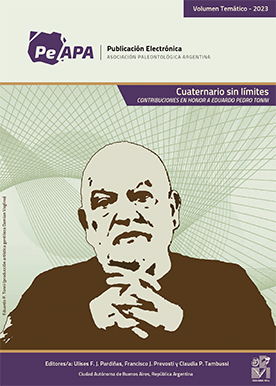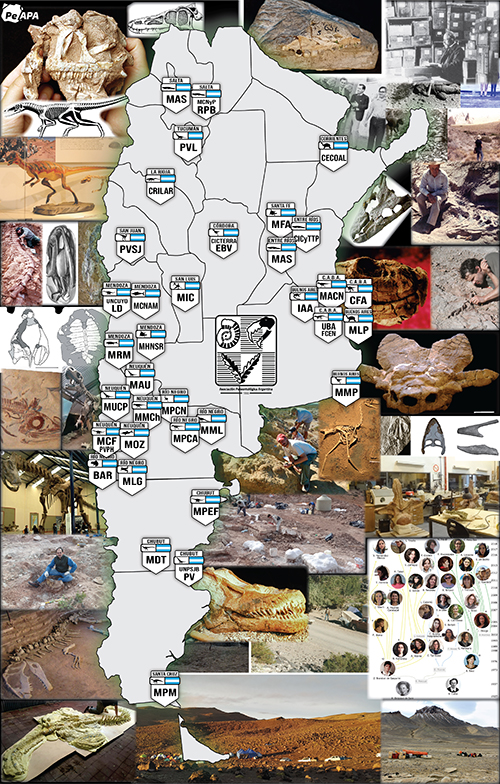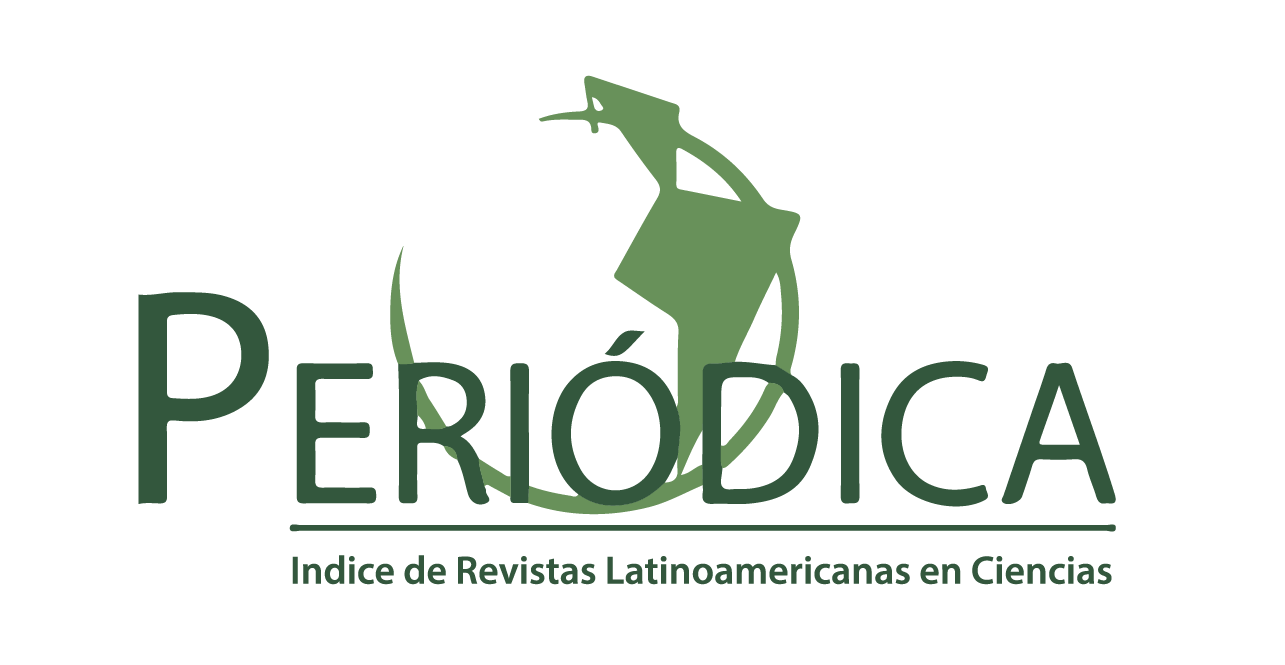TAFONOMÍA POLÍNICA: SESGOS ABIÓTICOS Y BIÓTICOS DEL REGISTRO POLÍNICO EN CUEVAS
Abstract
This paper investigates the pollen taphonorny, based on the analysis of superficial samples in and near a "sac" cave with a single entrance (Cueva de José, 37° 38' N; 1° 7' W), in the semiarid Spanish south-east. Statistical comparisons and the isopoll maps for herbs, shrubs and trees, four shrubby zoophilous pollen [Helianthemun (Cistaceae), Lamiaceae hexacolpate, Coronilla (Papilionaceae) and Cichorioideae] and an anemophilous pollen (Pinus) show that the spatial distribution, concentration and preservation of pollen inside the cave are not homogeneous and are influenced by the cave's morphology, water leaks and types of pollination. The biotic vector, represented by insects and animals (mainly through excrement) is an important source of pollen in the cave sediments. The isopoll curves show that all the types that represent the regional vegetation are present in the cave in different percentages, depending on their distance from the entrance. Local vegetation is over-represented and this should be taken into consideration before any palaeoenvironmental reconstruction is made on the basis of pollen samples from archaeological sites. On the other hand, the isopoll maps permitted an assessment of the possible places where fossil profiles could be obtained with the minimum bias, as long as the entrance to the cave has always remains the same. The pollen grains are better preserved inside the cave than outside, which is another valuable piece of information for the use of pollen records in the interpretation of past vegetation.
KEY WORDS. Pollen analysis. Taphonomy. Caves. Isopoll maps. Spain.
Downloads
Published
Issue
Section
License

Authors retain copyright and grant the journal right of first publication with the work simultaneously licensed under a CC Attribution-NonCommercial 4.0 that allows others to share the work with an acknowledgement of the work's authorship and initial publication in this journal.






















